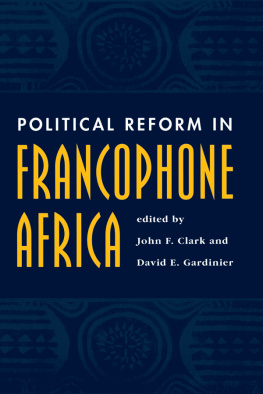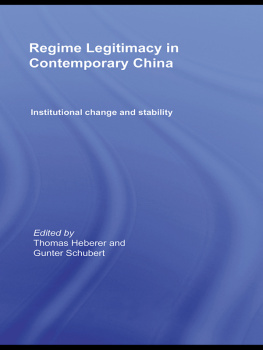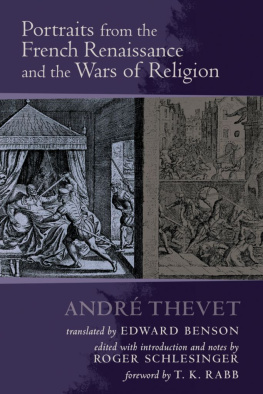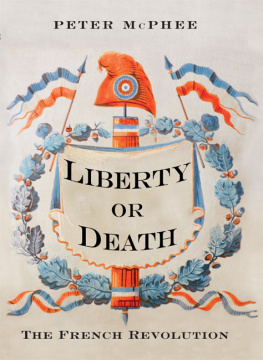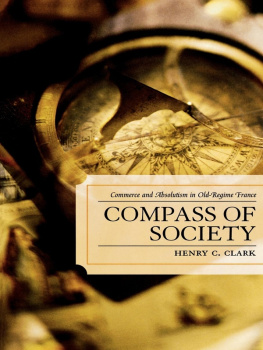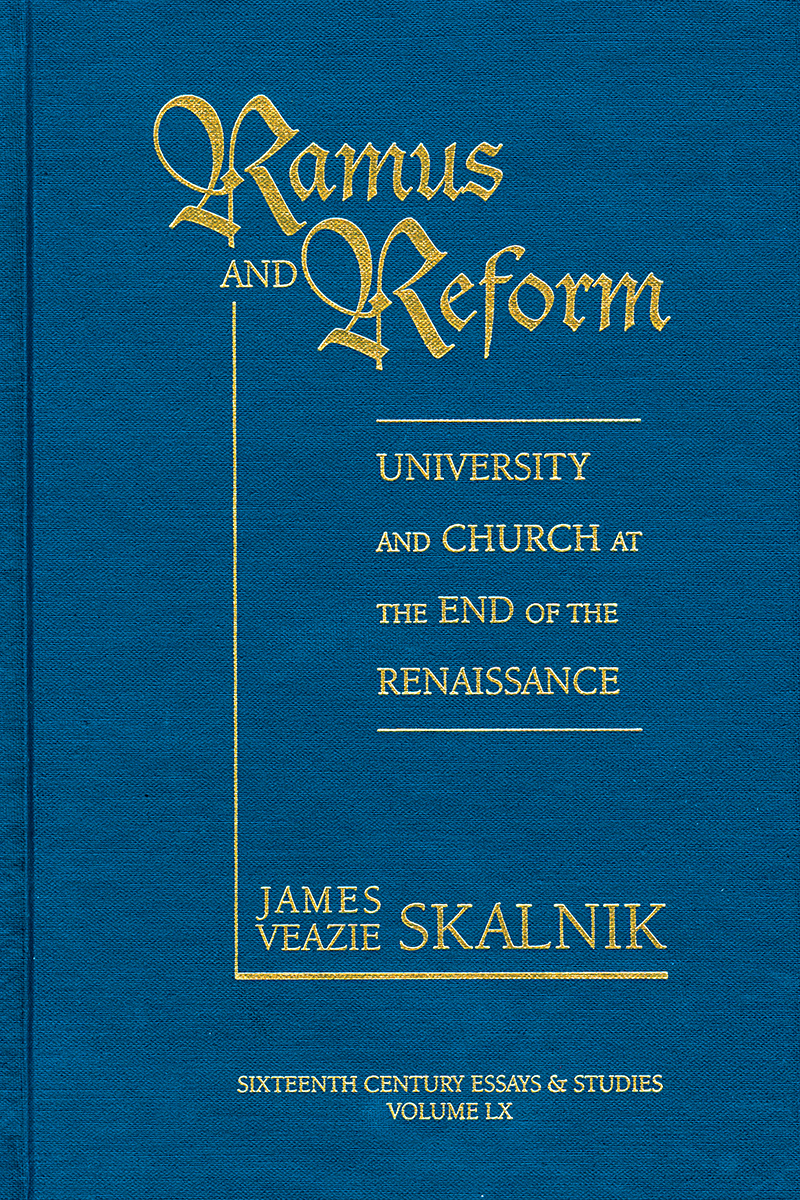
Ramus and Reform
Habent sua fata libelli
S IXTEENTH C ENTURY E SSAYS & S TUDIES
G ENERAL E DITOR
R AYMOND A . M ENTZER
University of Iowa
E DITORIAL B OARD OF S IXTEENTH C ENTURY E SSAYS & S TUDIES
E LAINE B EILEN
Framingham State College
M IRIAM U . C HRISMAN
University of Massachusetts, Emerita
B ARBARA B . D IEFENDORF
Boston University
P AULA F INDLEN
Stanford University
S COTT H . H ENDRIX
Princeton Theological Seminary
J ANE C AMPBELL H UTCHINSON
University of WisconsinMadison
C HRISTIANE J OOST- G AUGIER
University of New Mexico, Emerita
R ALPH K EEN
University of Iowa
R OBERT M . K INGDON
University of Wisconsin, Emeritus
R OGER M ANNING
Cleveland State University, Emeritus
M ARY B . M C K INLEY
University of Virginia
H ELEN N ADER
University of Arizona
C HARLES G . N AUERT
University of Missouri, Emeritus
T HEODORE K . R ABB
Princeton University
M AX R EINHART
University of Georgia
J OHN D . R OTH
Goshen College
R OBERT V . S CHNUCKER
Truman State University, Emeritus
N ICHOLAS T ERPSTRA
University of Toronto
M ERRY W IESNER- H ANKS
University of Wisconsin-Milwaukee
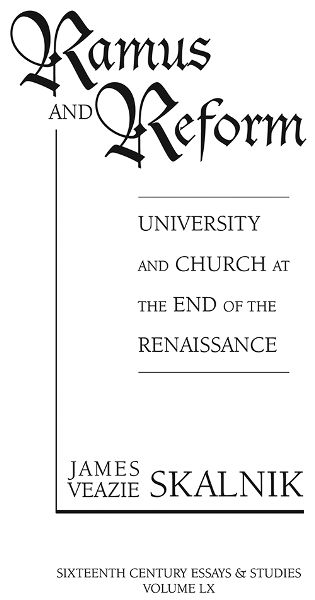
Copyright 2001 by Truman State University Press
100 East Normal Street
Kirksville, Missouri 63501-4221 USA
8009166802 tsup@truman.edu
All rights reserved
The Library of Congress has cataloged the printed edition as follows:
Library of Congress Cataloging-in-Publication Data
Skalnik, James Veazie
Ramus and reform: University and church at the end of the Renaissance /
James Veazie Skalnik.
p. cm. (Sixteenth century essays & studies ; vol. 60)
Includes bibliographical references and index.
ISBN 0-943549-93-0 (alk. paper) ISBN 978-1-935503-63-7 (e-book)
1. Ramus, Petrus, 15151572. 2. RenaissanceFrance. 3. Humanism
France. 4. FranceChurch history16th century. I. Title
B785.L24 S53 2002
194 21
2002280932
Text is set in Adobe Garamond 10/12. Display type is Adobe Garamond
Cover and title page by Teresa Wheeler, Truman State University designer
Printed in U.S.A. by Thompson-Shore, Inc., Dexter, Michigan
No part of this work may be reproduced or transmitted in any format by any means, electronic or mechanical, including photocopying and recording, or by any information storage or retrieval system, without permission in writing from the publisher.
The paper in this publication meets or exceeds the minimum requirements of the American National Standard for Permanence of Paper for Printed Library Materials Z39.48 (1984).
Sequential numbers in square brackets [ ] in the body of the text refer to page numbers in the print edition: citations appeared as footnotes in the print edition.
Note: Because of display limitations of e-readers, some special characters (e.g., Greek or Hebrew letters, cedillas, characters in Eastern European languages, accents or other diacritical marks) may not display properly in the e-book version of this work.
For Alice Veazie Skalnik and Yaro James Skalnik
Contents
O NE OF THE GREATEST PLEASURES involved in researching and writing is the discovery that there are so many talented and generous people in the academic community, without whose patience and assistance (and sometimes insistence) this work could never have been completed. The following paragraphs mention only those to whom my debt is the greatest.
Several institutions granted me the facilities and support needed to carry out this project. At the University of Virginia, I owe special thanks to the staff of Alderman Library and to the Society of Fellows, which arranged for me to receive a Forstmann Foundation fellowship for research in Paris. The United States Naval Academy also provided essential support, especially through grants from the Naval Academy Research Council. I also owe a debt to the National Endowment for the Humanities and to the Folger Shakespeare Library in Washington, D.C., for their support of my research. In Paris, I found a most gracious welcome at the Bibliothque Nationale and the Archives Nationales as well as at the Bibliothque de lHistoire du Protestantisme Franais.
Some individuals made particularly important contributions to this work and to my understanding of history in general. The members of the Department of History at the Naval Academy were unflagging in their generous support, but my greatest debts are to the scholars of the University of Virginia who were my teachers and colleagues. Among them I owe special thanks to Lenard Berlanstein, Enno Kraehe, Duane Osheim, Thomas Robisheaux, Alexander Sedgwick, and Roberta Senechal. No one could hope for a finer group of friends and associates; certainly no one could deserve the enormous assistance they so generously provided.
For their extraordinary patience and professional courtesy, I owe special debts to Raymond Mentzer, general editor of Sixteenth Century Essays and Studies series, and to Paula Presley and her staff at Truman State University Press. I will always remember their generosity to a novice author.
My greatest gratitude goes to two exceptional scholars, for whose efforts on my behalf a simple acknowledgment is a hopelessly inadequate return. As a teacher, a scholar, and a friend, H. C. Erik Midelfort has been a constant source of inspiration, even if I can hardly hope to achieve the high standards he has established for these roles. My greatest debt of all is to my fellow graduate student and colleague Ronda Cook, who is now my partner in work and in life. Her confidence, example, and frequent encouragement have done more than anything else to help me complete this project.
P ETER R AMUS (15151572) WAS A DIFFICULT MAN .
What annoyed Ramuss contemporaries the most were his persistent, rash assaults on the most esteemed and cherished foundations of religion and learning in France. He was always ready to upset what is best ordered, Eventually he even challenged the worth of the common coin of the religious and scholarly world, the Latin language itself. No wonder his detractors thought him perverse and demented.
Ramus was no less tenacious in his attacks on the institutions of religion and scholarship. In 1557, he wrote and published a report which blasted the University of Paris for its structure, its teaching, and its personnelhis fellow professors. In the early 1560s, he attacked the Catholic Church in the same areas. By the mid-1560s, he was in court to oppose the royal professors of France for their recruitment and teaching practices, despite having been one of their number since 1551. And after his conversion to the Reform in the late 1560s, he lashed out at the doctrine and governance of his new church. Given his history, this last assault does not come as a great surprise. What is perhaps surprising is that Ramus persisted in his challenges to all these institutions despite the growing penalties for his actions, which included the loss of his position in the University and even years of exile from France. Only his death in the Saint Bartholomews Day Massacre in 1572 brought a halt to his outrageous slanders. It is no wonder that he appeared rabid to those around him. But what made Ramus so contentious?


